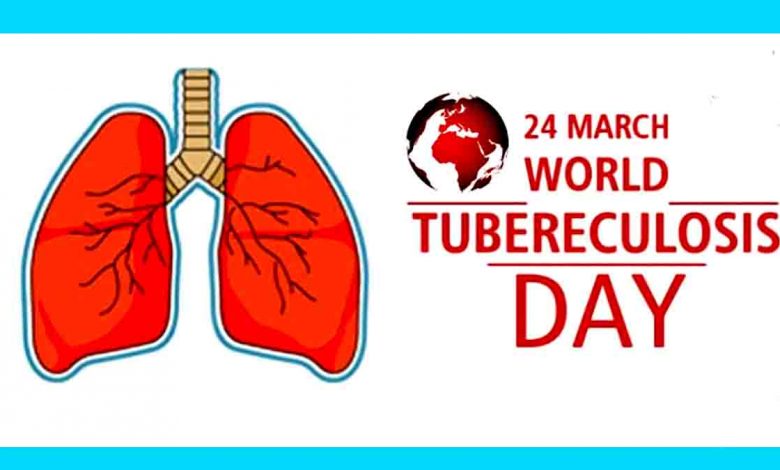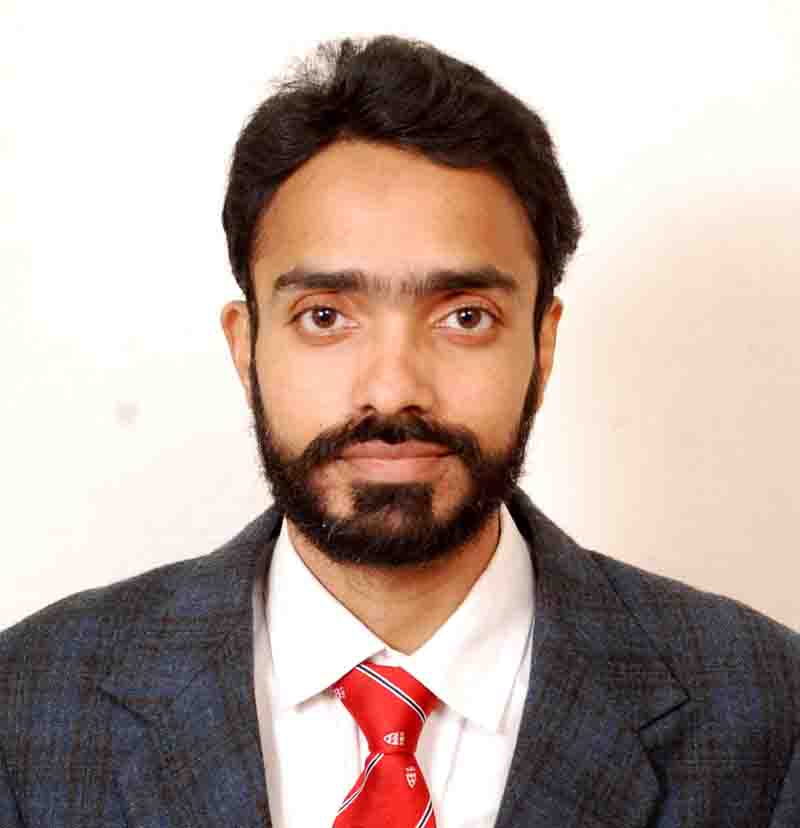The challenges faced in eradication of Tuberculosis

GUEST COLUMN
 Dr. Gaurav Sanjay
Dr. Gaurav Sanjay
World Tuberculosis Day is held every year on March 24 with the aim of making the common man aware of the serious consequences of tuberculosis (TB) and to try to gather new ideas and scientific developments on how to make the world TB free. According to the data of 2018, about one crore people are infected with TB worldwide, in which about one and a half lakh people die in India every year.
India is a developing nation and it has been able to eradicate diseases such as smallpox and polio while controlling malaria and cholera to a large extent. But in the same way, there has not been as much success in preventing TB infection as was expected after the major success of eradicating polio. For the elimination of TB in India, in March 2017, Prime Minister Narendra Modi had announceda national strategic plan 2017-2025 set out to eliminate TB by 2025, stating that it requires new thinking and innovative ideas on how TB can be eradicated. According to the World Health Organisation, the definition of abolition means that the number of TB patients in a population of one lakh people should be less than one person, whereas, the number of TB patients in India is 193 per lakh. A quarter of the world’s TB patients live in India- according to a 2018 report, the number of total TB patients were about 26,90,000.
The problem faced in primordial prevention of TB is not only one but many hurdles are there as in India as about one fifth of the country is still living below the poverty line-finding it difficult to eat food two times a day. The second reason is the unhygienic conditions for which the Government of India is running a cleanliness campaign but the results of which are not yet as required. The third reason is the lack of proper and adequate homes for the whole population. Here I would like to tell you that TB could be a fatal disease if it is not treated well in time. The TB bacteria are spread from one person to another by sneezing, coughing and touching with infected hands. In cities where there are densely populated areas or houses where many people are residing, especially in the slums of big cities, all these people are more likely to have TB infection.
After assessing all these reasons, if we think about the infection and prevention of TB, then the increasing population in the country is one of the root factors because the increasing population is reducing the proportion of all resources. If a law is enacted to curb the population it will give good results for the entire population and it will not only be useful in the prevention of TB but also in improving the economic, social and political standards of the entire country.
As an orthopedic surgeon here I would also like to mention that the primary TB infection is either in the lungs, in the gut or in the neck lymph nodes. TB infection in the bone or the joint is secondary infection. The incidence of bone and joint TB has reduced significantly compared to the past because today the disease is detected and diagnosed early and the treatment is much more effective than 50 years ago.
It is common perception that TB infects mainly poor people but it is not so. It is infecting rich and affluent people too. The cost of the TB treatment may not be a problem for the rich people but it is becoming very difficult for the poor patients to get treatment for prolonged time as it is required especially in drug resistant TB. Many poor patients ignore the doctor’s advice and do not take the full course of prescribed treatment and leave the treatment in the middle, due to which the number of drug resistant TB cases is increasing day by day.
India is facing the highest burden of drug resistant (DR) TB worldwide. If we look deeply at the problem of MDR, it is a big problem in our country though the government is giving free medicines in government hospitals. In spite of all this, these patients are either borrowing money or selling their property to treat it especially in surgical and complex TB cases. Drug resistance is a formidable obstacle to TB care and prevention globally, making it harder and longer to treat, often with poorer outcomes for patients. It becomes somewhat difficult to treat TB infection, especially when it is MDR (Multi Drug Resistant), XDR (Extensively Drug Resistant), TDR (Total Drug Resistant) Tuberculosis in these patients. TDR TB is defined as a form in which none of the drugs available till date is effective against it.
I believe that lack of awareness about TB still exists today, which is making it very difficult for the society and country to control TB. The principle of prevention is better than cure should be understood very well in order to prevent any infection but particularly in case of TB infection. In the end, I would like to say that TB is a treatable disease with cheap and very effective drugs available. Apart from medicines, TB patients require nutritious diet, cleanliness and regular exercise. If the patients take medicines as prescribed and for the duration advised, the infection of TB can be cured. The TB treatment should not be discontinued midway without appropriate medical advice. If there are any side effects of the Anti Tubercular Drugs, then the advice of a trained doctor should be taken and followed accordingly.
(The writer is an orthopaedic surgeon based in Dehradun)
Wednesday, 24 March 2021 | Dr Gaurav Sanjay | Dehradun




